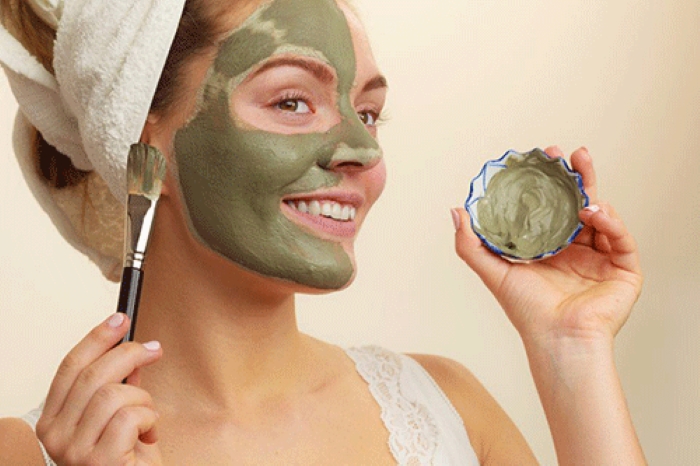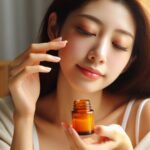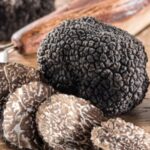Mud baths have become an increasingly popular therapeutic treatment in spas, resorts, and clinics worldwide, alongside the advancement of modern medicine.
Here are four types of mud that are highly beneficial for the skin:
1. Hot Spring Mud
Hot spring mud is typically odorless and packed with nutrients. As most hot springs are formed from the interaction of groundwater flow and limestone, the mud in these areas is rich in minerals. However, to ensure purity and the necessary quality for skincare and beauty treatments, hot spring mud is always sourced from deep within the hot spring itself.
The city of Spa in Belgium is renowned for its therapeutic hot springs. In Italy, they mix clay with hot spring water and let it sit for several months or even years before using it for treatments. In Vietnam, Nha Trang and Khoang Xanh (Ba Vi, Hanoi) are known for their hot spring mud.
Hot spring mud is beneficial for the skin due to its high content of nutrients and mineral salts, which help regulate sebum production, detoxify the skin, unclog pores, exfoliate, stimulate skin regeneration, reduce wrinkles, improve skin elasticity, and enhance skin radiance. It is commonly used for bathing and can also treat digestive issues, stomach and intestinal problems, circulatory system disorders, skin conditions, nervous system disorders, and metabolic issues.

Mud bath in Nha Trang, Vietnam. (Illustrative image)
2. Mineral Mud
Sourced from the depths of saline lakes or the ocean, mineral mud is one of the most beneficial types of mud for human health and beauty.
Minerals such as magnesium, potassium, bromide, sulfur, sodium, and trace elements found in mineral mud help detoxify the skin, enhance skin health, improve skin tone, and treat various skin conditions like eczema, joint pain, and psoriasis.
The Dead Sea is one of the most renowned sources of mineral mud, known for its skin-healing and beautifying properties for centuries. Unlike regular seawater, the mud from the Dead Sea contains 21 types of minerals.
A recent survey revealed that most reputable spas worldwide that offer mineral mud treatments use mud sourced from the Dead Sea, even if only partially.
3. Volcanic Mud
Volcanic mud takes the longest to form, as it is created from volcanic lava and takes nature millions of years to produce. The process of extracting this mud is equally challenging.
Firstly, one must locate volcanic regions and then conduct geological surveys to determine the depth at which the mud lies. Afterward, heavy machinery is used to drill deep into the earth to extract the mud.

Mud masks are a popular skincare treatment. (Illustrative image)
Countries with a significant number of volcanoes, such as Indonesia and Japan, are the primary sources of this valuable mud.
Volcanic mud is rich in nutrients and minerals, particularly calcium and magnesium, which are essential for skin regeneration and blood circulation. It is highly beneficial for damaged skin and has excellent heat retention properties, providing comfort to wounds and sore areas.
Additionally, the presence of Vitamin E and Aloe Vera in the mud helps nourish the skin by removing impurities, exfoliating, moisturizing, and brightening the complexion. It is perfect for dry winter skin and can even help treat acne and improve skin elasticity.
4. Peat Mud
Also known as Moor mud, peat mud is formed through the natural decomposition of thousands of types of herbs, leaves, plants, water, ice, sunlight, and clean air, among other unique conditions.
In the 18th century, Moor mud was experimentally used in European spas for healing, skincare, and detoxification after scientists discovered the benefits of its micro-nutrient composition.
During World War I and II, Moor mud was extensively used to treat soldiers’ wounds and aid in post-surgical recovery. The positive outcomes, especially for the skin, led to the integration of Moor mud into modern medicine for skincare and healing.
Moor mud is easily soluble in water and never dries out. Its composition includes humic acids, fulvic acids, minerals, trace elements, vitamins, amino acids, plant hormones, and fatty acids, which help the skin absorb nutrients, nourish and rejuvenate tissues, and reduce skin inflammation.
Additionally, Moor mud can be ground into a fine powder and mixed with water for therapeutic baths, improving blood circulation, boosting the immune system, relaxing muscles, reducing pain, breaking down fat cells, improving mobility, and fighting bacteria.



































